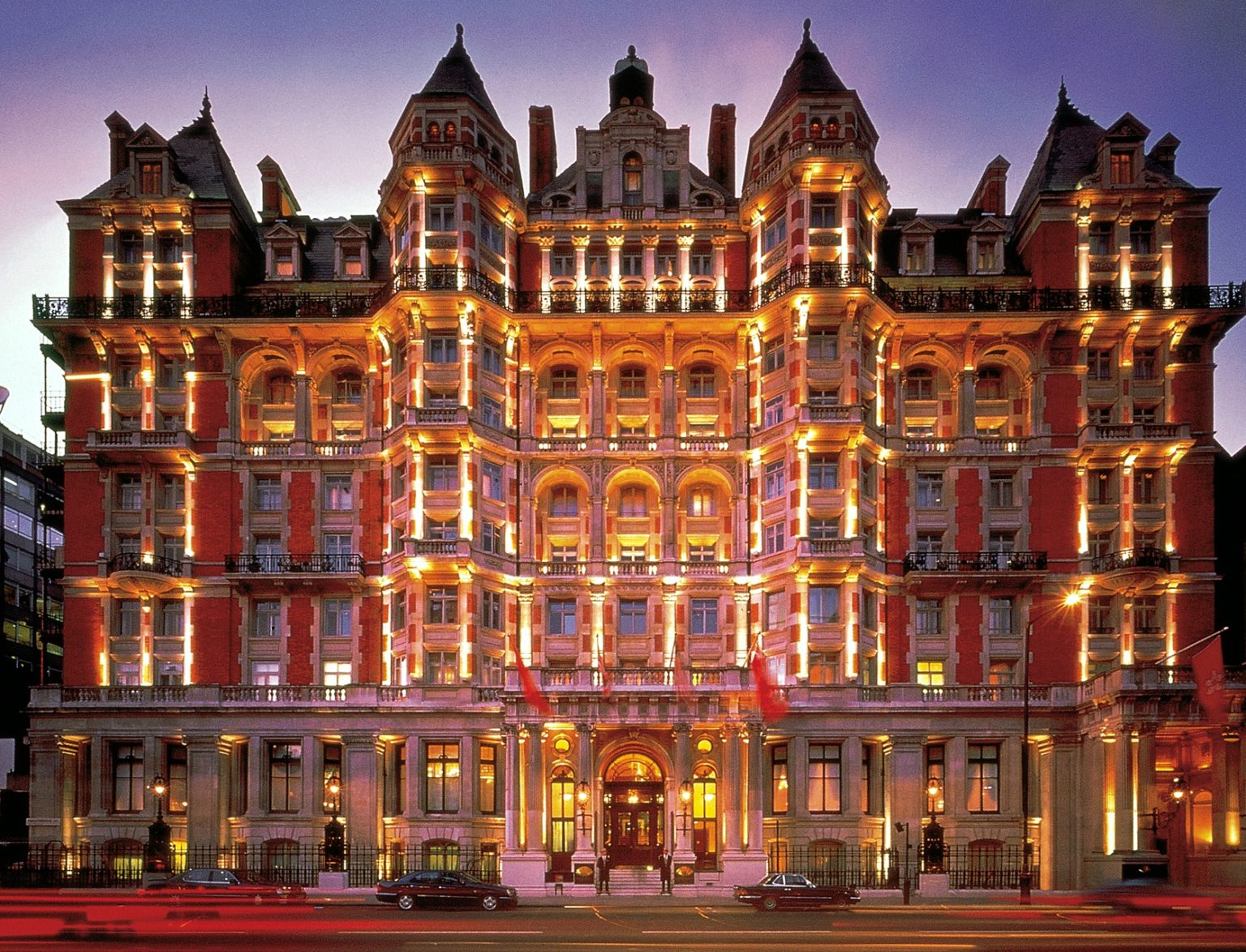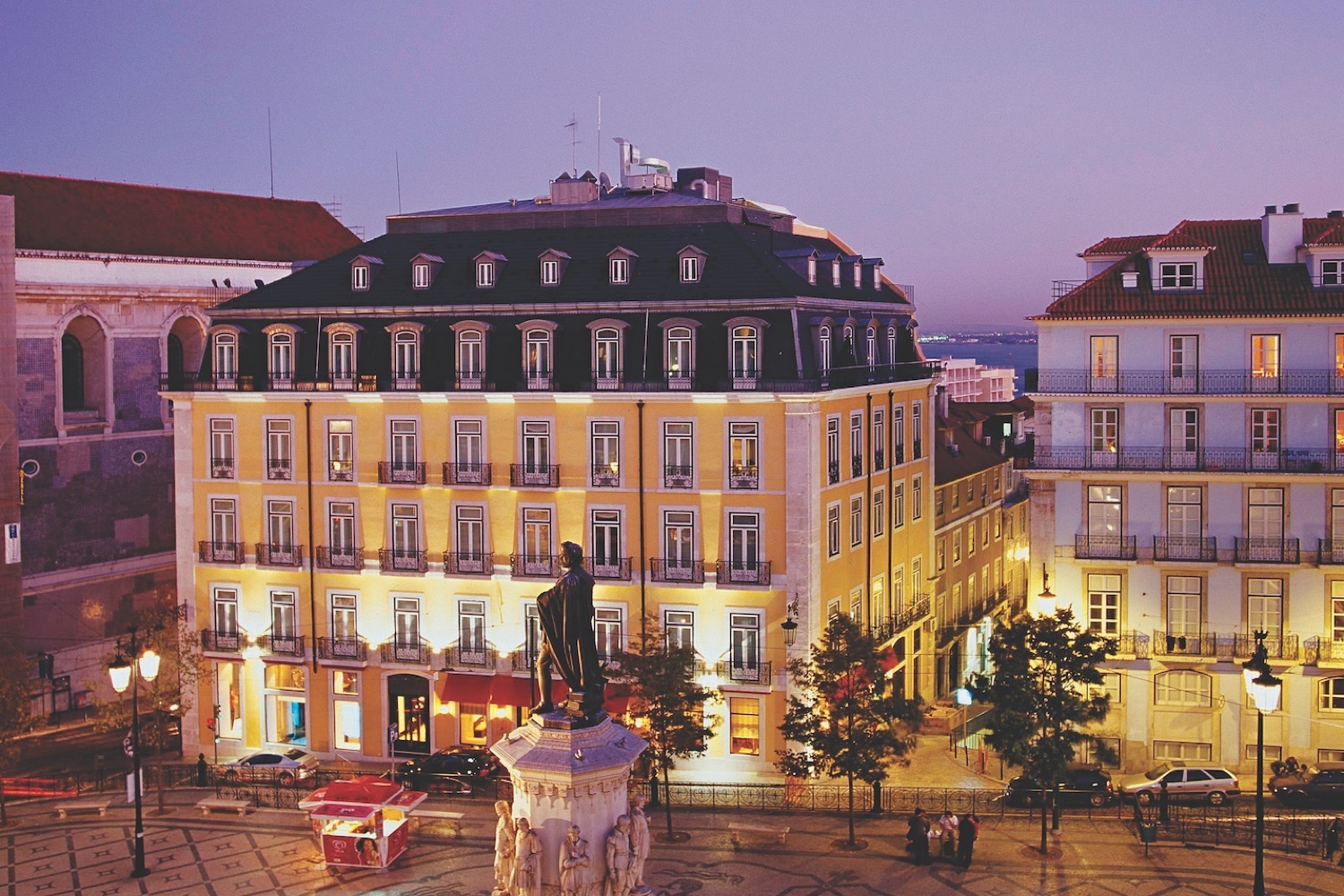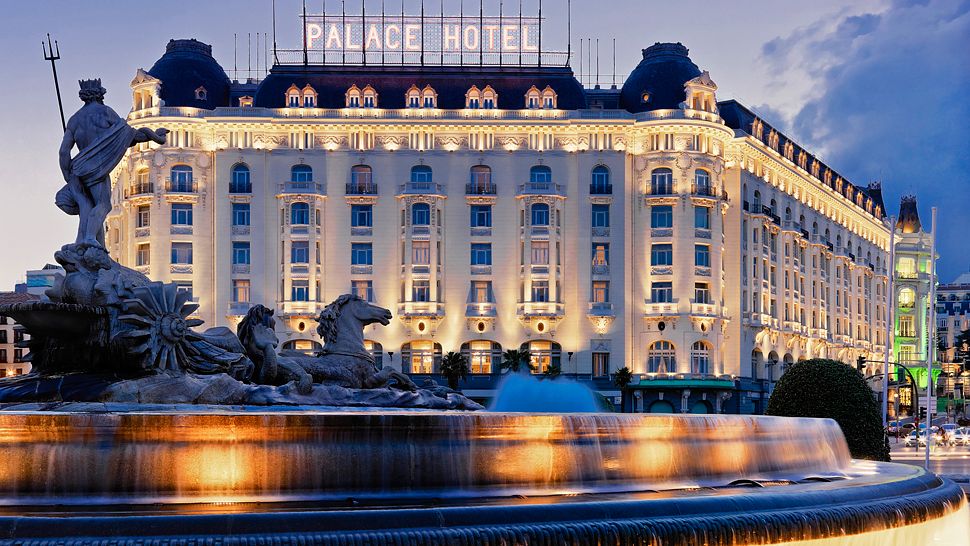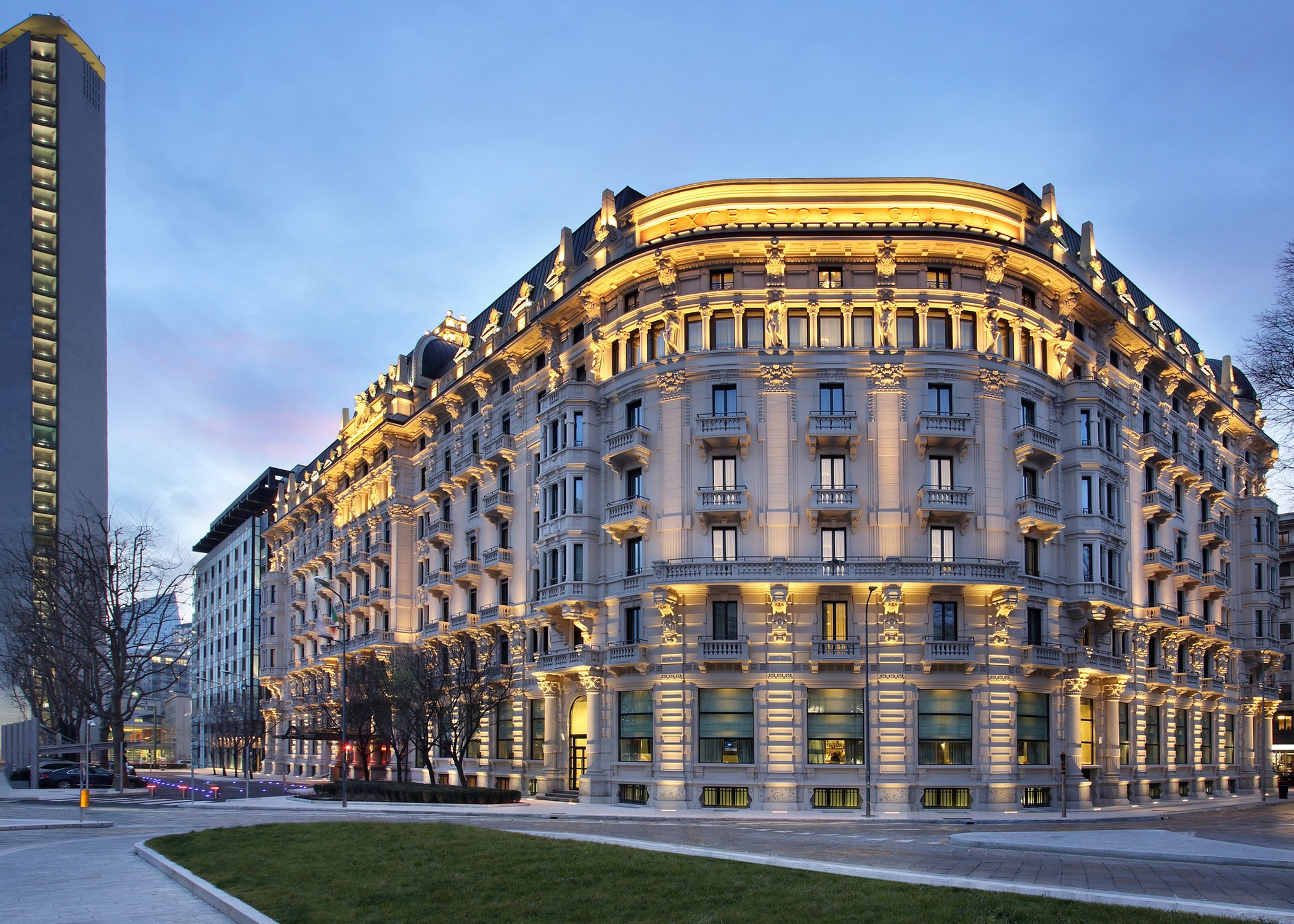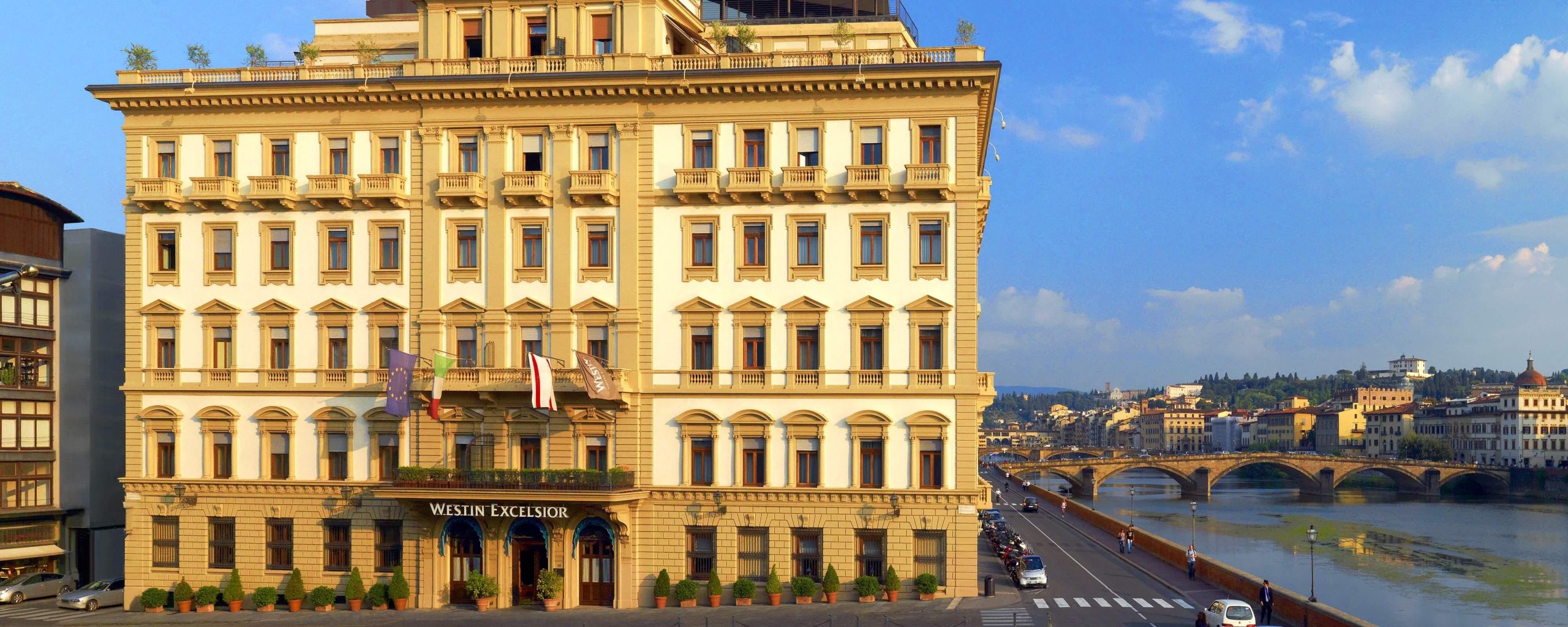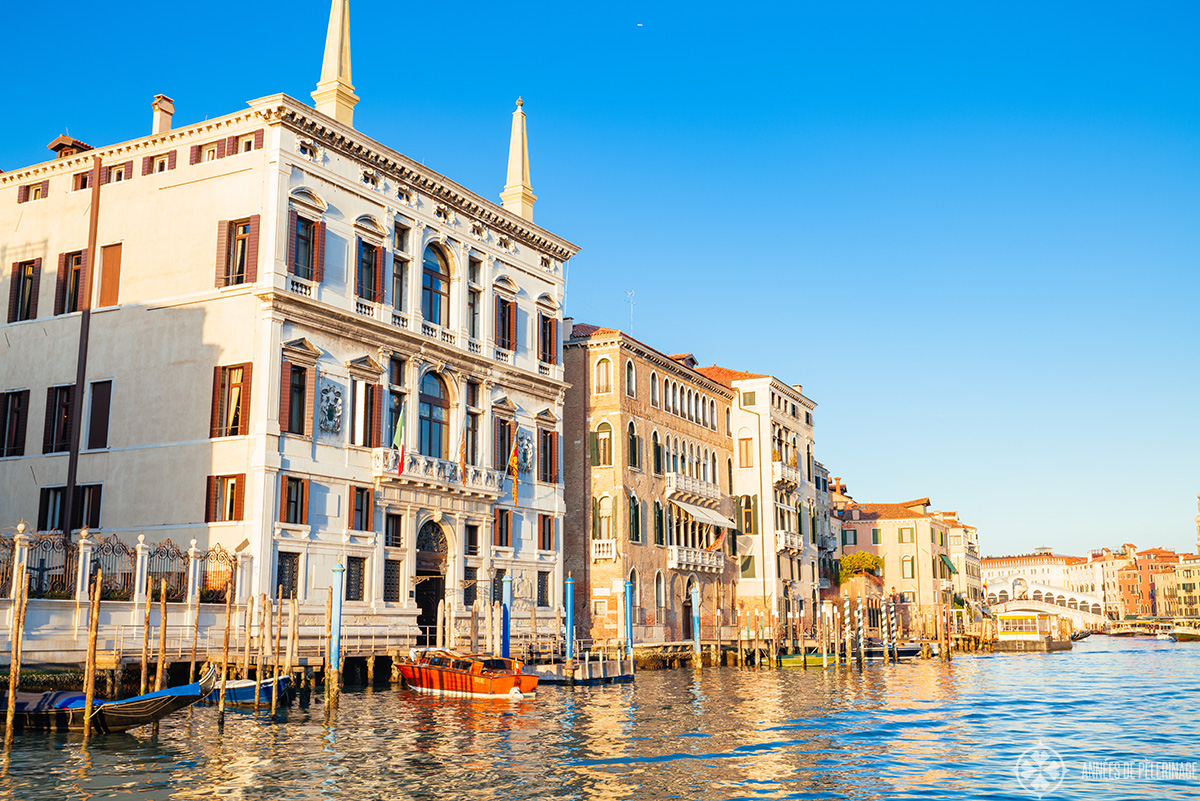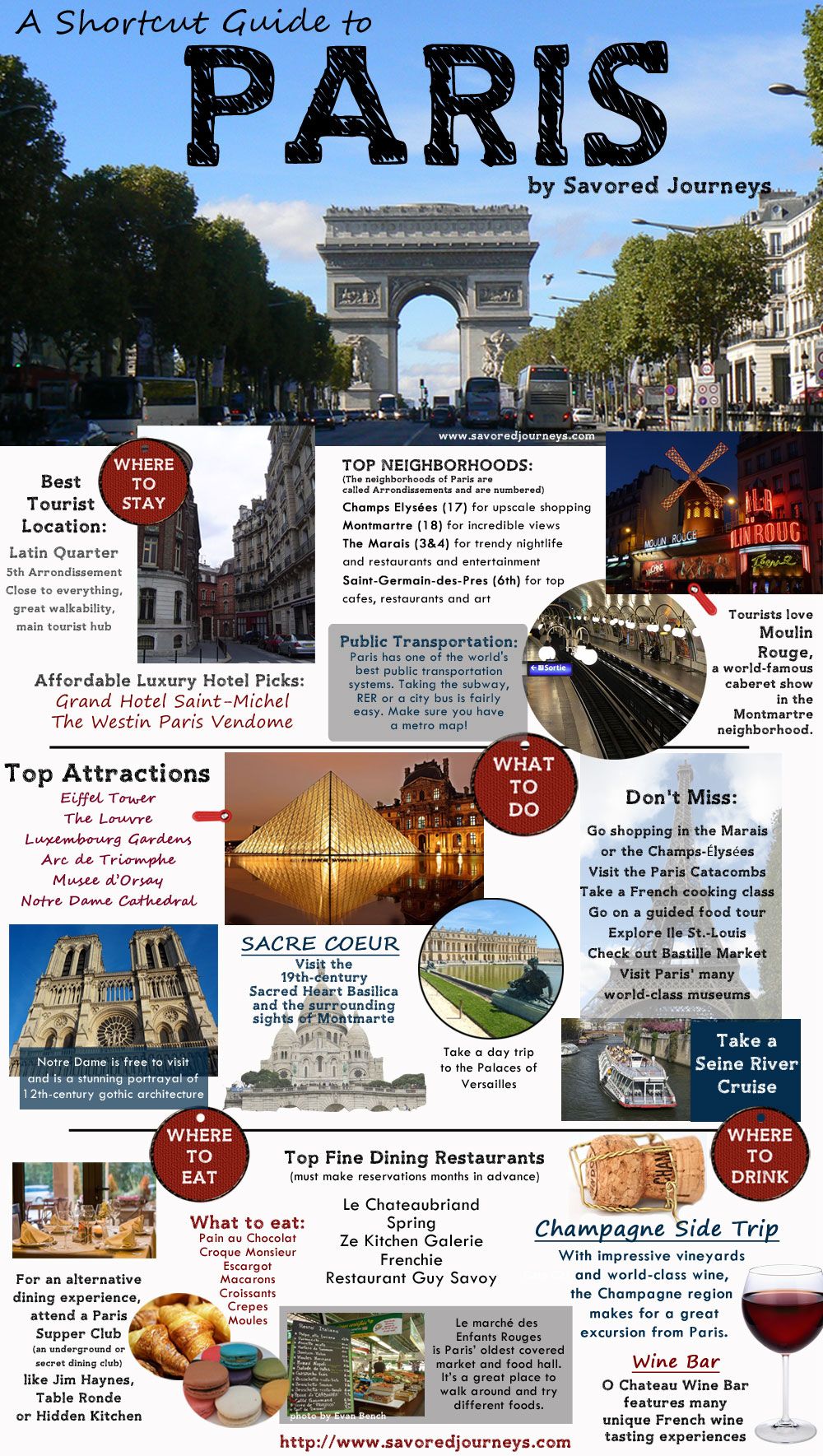
France, a nation that has woven itself into the very fabric of global culture, art, and romance, beckons with an irresistible charm. From the glittering lights of Paris to the sun-drenched vineyards of Provence, from the majestic chateaux of the Loire Valley to the rugged coastline of Brittany, France offers a kaleidoscope of experiences that will ignite your senses and linger in your memory long after you’ve departed. This comprehensive guide is your key to unlocking the magic of this extraordinary country, helping you navigate its wonders with confidence and anticipation.
A Glimpse Through the Annals of Time: The Rich History of France
France’s history is a saga of empires, revolutions, artistic renaissances, and profound cultural shifts. Its story begins with prehistoric settlements and the Gallo-Roman era, where it was known as Gaul. The Frankish kingdoms, led by figures like Clovis I, laid the groundwork for a unified nation. The medieval period saw the rise of feudalism, the Crusades, and the Hundred Years’ War against England, shaping its national identity.

Related Articles about A Tapestry of Dreams: Your Ultimate Travel Guide to France:
- Peru: A Tapestry of Ancient Wonders, Vibrant Cultures, and Breathtaking Landscapes
- Canada: A Traveler’s Grand Tapestry – From Majestic Peaks to Coastal Charms
- The Pearl of the Orient Seas: A Comprehensive Travel Guide to the Philippines
- A Journey Through Enchantment: Your Ultimate Travel Guide to Malaysia
- A Traveler’s Handbook to Singapore: A Jewel of Southeast Asia
The French Renaissance, under monarchs like Francis I, ushered in an era of artistic and architectural brilliance, exemplified by the magnificent chateaux. The Age of Enlightenment, with its philosophers like Rousseau and Voltaire, fueled revolutionary ideals, culminating in the French Revolution of 1789. This seismic event led to the abolition of the monarchy and the rise of Napoleon Bonaparte, whose military campaigns and legal reforms left an indelible mark on France and Europe.
The 19th and 20th centuries were characterized by periods of empire, republic, and two World Wars. France’s resilience and determination are testament to its enduring spirit. Today, it stands as a proud republic, a global leader in fashion, cuisine, and diplomacy, its history a vibrant backdrop to its present-day allure.
Unveiling the Crown Jewels: Top Attractions in France
France’s attractions are as diverse as its landscapes, catering to every taste and interest.
-
Paris: The City of Lights and Love: No trip to France is complete without experiencing the magic of Paris.
- Eiffel Tower: The iconic symbol of Paris, offering breathtaking panoramic views of the city. Ascend to its summit for an unforgettable vista.
- Louvre Museum: Home to masterpieces like the Mona Lisa and the Venus de Milo, this vast museum is an art lover’s paradise.
- Notre Dame Cathedral: A magnificent Gothic masterpiece, currently undergoing restoration, its presence remains a powerful symbol of Parisian history.
- Champs-Élysées and Arc de Triomphe: Stroll down this grand avenue, a hub of high fashion and historic monuments, culminating at the imposing Arc de Triomphe.
- Sacré-Cœur Basilica: Perched atop Montmartre, this stunning basilica offers a spiritual sanctuary and panoramic city views.
- Musée d’Orsay: Housed in a former railway station, this museum boasts an impressive collection of Impressionist and Post-Impressionist art.
- Sainte-Chapelle: Marvel at the exquisite stained-glass windows of this 13th-century royal chapel.
- Palace of Versailles: A short train ride from Paris, this opulent palace and its magnificent gardens offer a glimpse into the extravagant life of French royalty.

-
The Loire Valley: A Fairytale Landscape: Known as the "Garden of France," this region is dotted with hundreds of magnificent chateaux.
- Château de Chambord: The largest chateau in the Loire Valley, a masterpiece of Renaissance architecture.
- Château de Chenonceau: Gracefully spanning the River Cher, this chateau is renowned for its elegant architecture and romantic history.
- Château de Villandry: Famous for its meticulously manicured gardens, offering a stunning display of horticultural artistry.
- Château d’Amboise: A royal residence with a rich history, offering beautiful views of the Loire River.
-
Provence and the French Riviera: Sun, Scenery, and Sophistication: This southern region is a sensory delight, from fragrant lavender fields to glamorous coastal cities.
- Avignon: Home to the Palais des Papes, a UNESCO World Heritage site and former papal residence.
- Aix-en-Provence: A charming city with elegant boulevards, fountains, and a vibrant cultural scene, the birthplace of Cézanne.
- Cannes: Famous for its film festival, this glamorous resort town offers pristine beaches and luxurious shopping.
- Nice: The capital of the French Riviera, boasting the iconic Promenade des Anglais and a vibrant old town.
- Monaco: A sovereign city-state and principality, known for its casinos, Formula 1 Grand Prix, and opulent lifestyle.
- Gorges du Verdon: Europe’s grand canyon, offering breathtaking views and opportunities for hiking and water sports.
-
Normandy: History and Dramatic Coastlines: This region is steeped in history, from the D-Day landing sites to its picturesque coastal towns.
- Mont Saint-Michel: A tidal island topped by a medieval abbey, a truly iconic and awe-inspiring sight.
- D-Day Landing Beaches: Visit Omaha Beach, Utah Beach, and the American Cemetery to pay tribute to the heroes of World War II.
- Bayeux Tapestry: Marvel at this 11th-century embroidered cloth depicting the Norman conquest of England.
- Giverny: Visit Claude Monet’s house and gardens, the inspiration for his famous water lily paintings.
-
Bordeaux and the Wine Regions: A Connoisseur’s Paradise: For wine enthusiasts, this region is an absolute must.
- Bordeaux City: Explore its elegant architecture, wine museums, and vibrant culinary scene.
- Vineyard Tours: Embark on tours of renowned vineyards in Médoc, Saint-Émilion, and Pomerol, indulging in wine tastings.
-
Alsace: A Blend of French and German Influences: This charming region offers picturesque villages, distinct architecture, and delicious cuisine.
- Strasbourg: Explore its UNESCO-listed Grand Île, dominated by its magnificent cathedral, and its charming Petite France quarter.
- Colmar: A fairytale town with canals, half-timbered houses, and vibrant flower displays.
Navigating France: Practical Travel Tips
- Language: While many French people, especially in tourist areas, speak English, learning a few basic French phrases will be greatly appreciated and enhance your experience. "Bonjour" (hello), "Merci" (thank you), "S’il vous plaît" (please), and "Parlez-vous anglais?" (Do you speak English?) are good starting points.
- Currency: The currency in France is the Euro (€). Credit and debit cards are widely accepted, but it’s advisable to carry some cash for smaller purchases or in more rural areas.
- Tipping: Tipping is not as ingrained in French culture as in some other countries. Service is usually included in the bill ("service compris"). However, it’s customary to leave a small tip (a few Euros) for excellent service in restaurants or for taxi drivers.
- Safety: France is generally a safe country for tourists. However, like any major city, pickpocketing can be an issue in crowded tourist areas. Be aware of your surroundings and keep your valuables secure.
- Etiquette: Politeness is highly valued. Greet shopkeepers with "Bonjour," and say "Au revoir" when leaving. It’s also customary to offer a handshake or a kiss on the cheek (la bise) as a greeting among friends and acquaintances.
- Electricity: The voltage in France is 230V, and the frequency is 50Hz. You’ll need a Type E plug adapter.
- Water: Tap water in France is safe to drink.
Finding Your Home Away From Home: Accommodation Options
France offers a diverse range of accommodation to suit every budget and preference.
- Hotels: From luxurious five-star establishments in Paris to charming boutique hotels in the countryside, France has a hotel for every traveler.
- Bed & Breakfasts (Chambres d’hôtes): A wonderful way to experience local hospitality and enjoy a more intimate setting. Often run by locals, they offer a glimpse into French life.
- Gîtes: Self-catering holiday cottages or apartments, ideal for families or longer stays, offering more space and the flexibility to cook your own meals.
- Apartment Rentals: Platforms like Airbnb offer a wide selection of apartments, providing a more independent and local living experience.
- Hostels: A budget-friendly option, particularly popular with younger travelers, offering dormitory-style rooms and private options.
- Chateaux and Castles: For a truly unique and opulent experience, consider staying in a converted chateau or castle, often offering luxurious amenities and a step back in time.
Getting Around: Transportation in France
France boasts an excellent and efficient public transportation network, making it easy to explore the country.
- High-Speed Trains (TGV): The TGV is the backbone of French intercity travel, connecting major cities quickly and comfortably. Booking tickets in advance is recommended, especially during peak season.
- Regional Trains (TER): These trains serve smaller towns and villages, providing access to more rural areas.
- Metro and Buses: Major cities like Paris have extensive metro systems and bus networks, offering convenient and affordable urban transport.
- Car Rental: Renting a car offers the ultimate flexibility for exploring the countryside, visiting smaller villages, and enjoying scenic drives. Be aware of French driving laws and potential tolls (péages).
- Ferries: For island hopping or reaching coastal areas, ferries are a popular option.
- Cycling: In many regions, particularly in the countryside and smaller towns, cycling is a fantastic way to experience the landscape at your own pace.
When to Dance with the French: Best Time to Visit
The best time to visit France depends on your interests and what you hope to experience.
- Spring (April-May): Pleasant weather, blooming flowers, and fewer crowds make spring an ideal time to visit. The countryside is particularly beautiful during this season.
- Summer (June-August): This is peak tourist season, with warm weather perfect for beach holidays and outdoor activities. However, expect larger crowds and higher prices.
- Autumn (September-October): The autumn foliage paints the landscapes in stunning colors, and the harvest season brings a special charm. The weather is generally mild, and crowds begin to thin.
- Winter (November-March): While colder, winter offers a different kind of magic. Paris is enchanting with its festive decorations, and ski resorts in the Alps are in full swing. Prices are generally lower during this period.
Consider these factors when choosing your travel dates:
- Crowds: If you prefer to avoid large crowds, aim for the shoulder seasons (spring and autumn).
- Weather: If you dream of sun-drenched beaches, summer is your best bet. For cozy city breaks and festive atmospheres, winter can be delightful.
- Events and Festivals: Research local festivals and events that might coincide with your travel dates, as they can add a unique dimension to your trip.
France is more than just a destination; it’s an experience that will captivate your heart and soul. From its rich history and diverse landscapes to its exquisite cuisine and vibrant culture, this enchanting country promises a journey filled with unforgettable moments. So, pack your bags, embrace the adventure, and let France weave its magic around you. Bon voyage!
